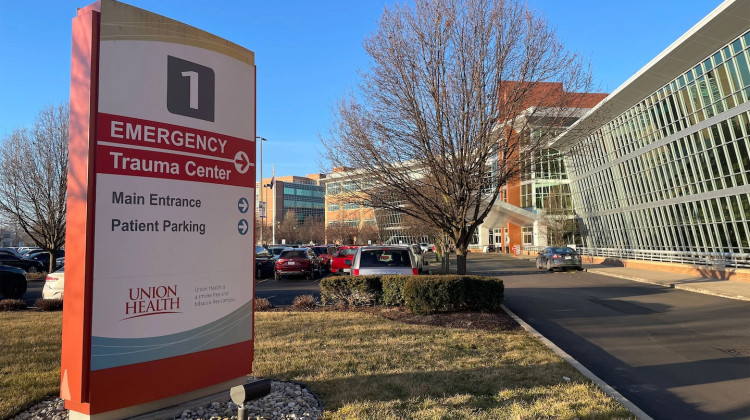If you're a teenage athlete, or the parent of one, you probably live in fear of a torn anterior cruciate ligament, one of the knee's key stabilizing ligaments.
A torn ACL often requires surgical repair. But so-called neuromuscular training programs can cut the risk of a serious ACL injury and should be recommended to at-risk young athletes, especially girls, according to a clinical report from the American Academy of Pediatrics.
ACL injuries, which can sideline an athlete for months, hit both genders, but right after puberty they occur as much as six times more frequently in young women, depending on the sport. Female high school soccer players experience 11.7 ACL injuries per 100,000 exposures, for example, compared to 4.7 for the males.
The theory is that during the growth spurt that is part of puberty, a burst of testosterone helps boys get bigger muscles to go along with their new larger frames, says Cynthia LaBella, lead author of the report and a pediatric sports medicine specialist at Lurie Children's Hospital of Chicago. "Girls don't get that burst" or the resulting bigger muscles, she says, which makes it harder to control their new, taller bodies. But their muscles can be trained.
A host of different approaches used in the preseason, active season or both, have been studied for their ability to prevent injuries in sports including soccer, basketball and volleyball. The report cites a 2013 analysis of existing research that found a 72 percent lower risk of an ACL injury in female athletes aged 18 and younger who used the programs.
The authors of the AAP report say the successful routines included plyometric training — progressively more difficult jumping exercises — instruction on proper technique and feedback on using the right form. Programs that included strength training were among the most effective, though some of the successful routines didn't include strength work.
While these programs were designed specifically to prevent ACL injuries, studies show they can also stave off other lower leg injuries like ankle and knee sprains, says LaBella. She hopes this report will encourage coaches and parents to seek out the programs. "We still see people who are unaware of them, or who are unwilling to change their usual routine," she says.
But persuading schools and coaches to use them can be tough, says Timothy McGuine, a sports medicine researcher at the University of Wisconsin. "It's one thing to know what to do, and it's another to actually do it," he says. Many coaches say they lack the time and space to put injury programs into practice, or they have difficulty keeping it up over time, he says. What would really help? McGuine says a program that could be done in less than 10 minutes, two or three times a week, that would cut the risk of leg injuries and was also proven to increase performance – say, boosting vertical jump, which would help sell them to parents and coaches.
The AAP's clinical report on ACL injuries was published online by the journal Pediatrics.
9(MDEwMDc1MzM3MDEzNDczOTA0MDc1MzViMQ001))
 DONATE
DONATE







 View More Articles
View More Articles


 Support WFYI. We can't do it without you.
Support WFYI. We can't do it without you.